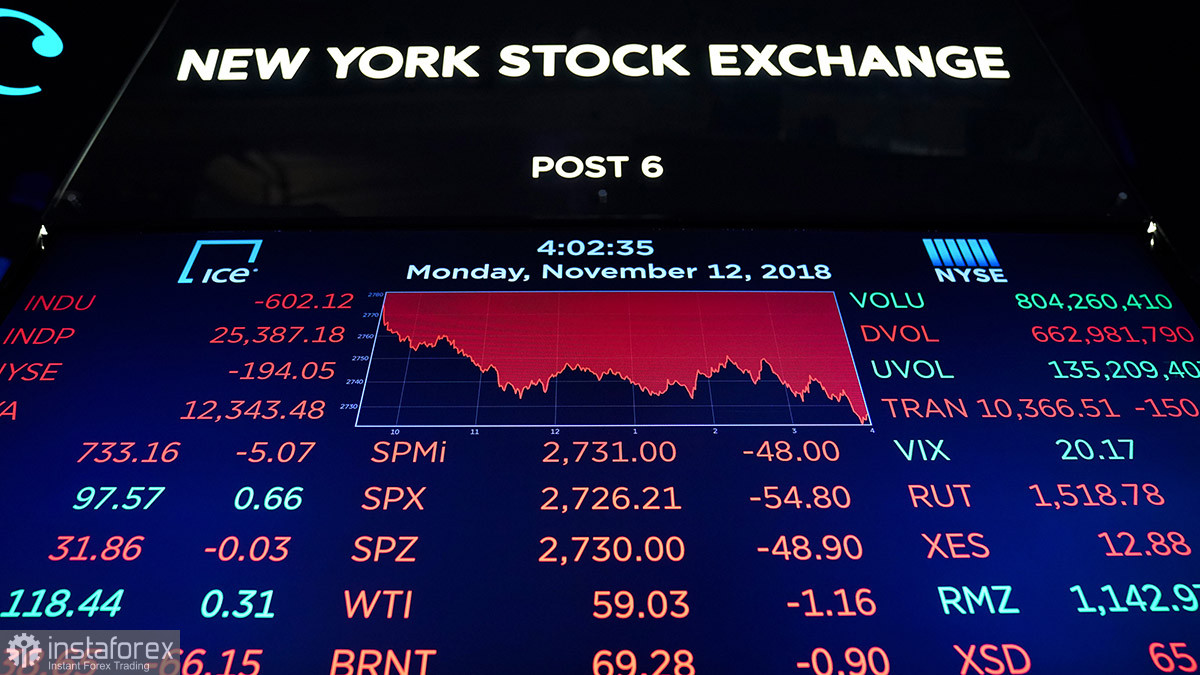
The key US stock market indices - Dow Jones, NASDAQ, and S&P 500 - continue to grow rapidly. In the last three days alone, they have increased by 50% compared to the January drop. This means that they have already won back half of the fall and at the moment the growth continues. However, such market behavior should not be misleading. The fact is that the correction happened at the moment when the Fed simply began to curtail the quantitative stimulus program. What does this mean? This means that the amount of money coming into the economy from nowhere has started to decrease. But money continues to pour into the American economy. There is no tightening of monetary policy in the United States yet. There is only a weakening of the incentive. And already on this weakening alone, the stock market has adjusted slightly. What will happen when the Fed raises the rate for the first time and then continues to do so at almost every meeting in 2022? After all, there is no other way to fight inflation, which means the rate will rise. Then the stock market will begin a new round of correction and, most likely, it will be very protracted, perhaps even lasting several years. This, of course, does not mean that all indices and stocks will crash down like bitcoin during its worst periods. But this means that you can forget about growth for the next year or two. Unless, of course, the general economic situation changes.
Why, on the whole, are investors reacting with sell-offs to the Fed rate hike? After all, stocks and indices do not fall by themselves. The demand for them is decreasing, so the price is also decreasing. The thing is that with the growth of the Fed's key rate, deposit rates, and loan rates also begin to rise. The growth of deposit rates increases the demand for bank deposits as the safest investment tool, and also forces to increase the yield of government bonds, which are also risk-free assets. Naturally, capital begins to flow from riskier stocks and cryptocurrencies to less risky bonds and deposits. In addition, the economy is starting to slow down. Loan rates are rising, so fewer people are taking out loans, which reduces economic growth. And when there is no economic growth, it is difficult to expect the growth of the stock market. Therefore, if the Fed, as expected now, raises the rate 4-6 times in 2022 and starts unloading its balance sheet, then the stock market will almost inevitably adjust. The only question is how much it will adjust and whether there will be any "black" Monday or Thursday in the market.
 English
English 
 Русский
Русский Bahasa Indonesia
Bahasa Indonesia Bahasa Malay
Bahasa Malay ไทย
ไทย Español
Español Deutsch
Deutsch Български
Български Français
Français Tiếng Việt
Tiếng Việt 中文
中文 বাংলা
বাংলা हिन्दी
हिन्दी Čeština
Čeština Українська
Українська Română
Română

